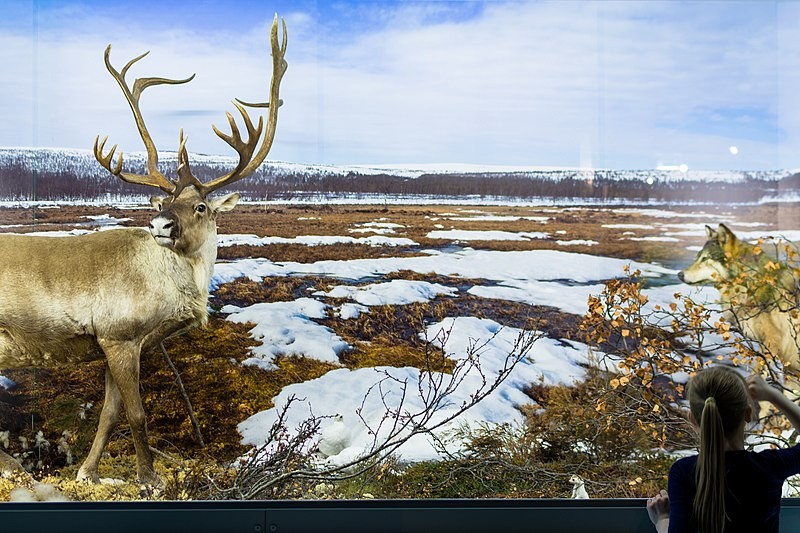In a cave near Plymouth, remains of Ice Age species like mammoths, woolly rhinoceros, and hyenas have been discovered.
The discoveries have sparked a campaign to save the cave from being walled up again since they provide a glimpse of an old environment from almost 30,000 years ago.
Monumental Discovery
Mammoth, woolly rhinoceros, and hyena bones were unearthed in a cave at Sherford, near Plymouth, during the construction of new residences. They were created between 60,000 and 30,000 years ago, in the middle of the last Ice Age.
The find was regarded as "a major finding of national significance" by Rob Bourn, the project's senior archaeologist, who added that it was "a once in a lifetime event for all involved" in a report in National History Museum.
He explained that discovering such a diverse collection of items that have remained unspoiled for so long is an uncommon and unique occurrence.
Individual creatures that are entire or semi-complete are also strange. We hope to get to the point where the findings may be shared and shown so that everyone can learn more about our ancient history.'
Despite discussion over what should happen to the site of their discovery, the Ice Age bones are anticipated to go on exhibit locally at The Box, a newly established museum in Plymouth.
Remnants of Ice Age

Any time in Earth's history when the world is covered with ice, such as polar ice caps and glaciers, is known as an Ice Age.
There have been five Ice Ages in Earth's history, the earliest of which occurred nearly two billion years ago. Others followed, including the Cryogenian Ice Age, during which ice sheets are considered to have extended as far as the Equator.
The latest glacial era is what we often refer to as the Ice Age. Ice sheets blanketed much of northern Europe until the present interglacial began 11,700 years ago.
'The Sherford Ice Age fossils come from the midst of the last big cold era, known as the Devensian,' explains Dr Victoria Herridge, a Museum expert on fossil elephants who was not involved in the discovery. Ice sheets blanketed most of Wales and northern England during this period, although not as far south as in previous glaciations.
'Even in the summer, Devon would have been a chilly and dry place to be.' It was, nevertheless, a vast grassland capable of supporting immense herds of cold-tolerant species like the woolly mammoth, woolly rhino, and reindeer, as well as the large predators that preyed on them, such as hyena and wolf.'
Climate change and early human activity have been postulated as plausible factors for the end of this Ice Age, which signaled the end for many of these creatures. The demise of great herbivores had a significant influence on the world, resulting in profound changes in ecosystems.
Related Article : 5 Most Important Fossil Discoveries in the World
For more prehistoric news, don't forget to follow Nature World News!
© 2025 NatureWorldNews.com All rights reserved. Do not reproduce without permission.





